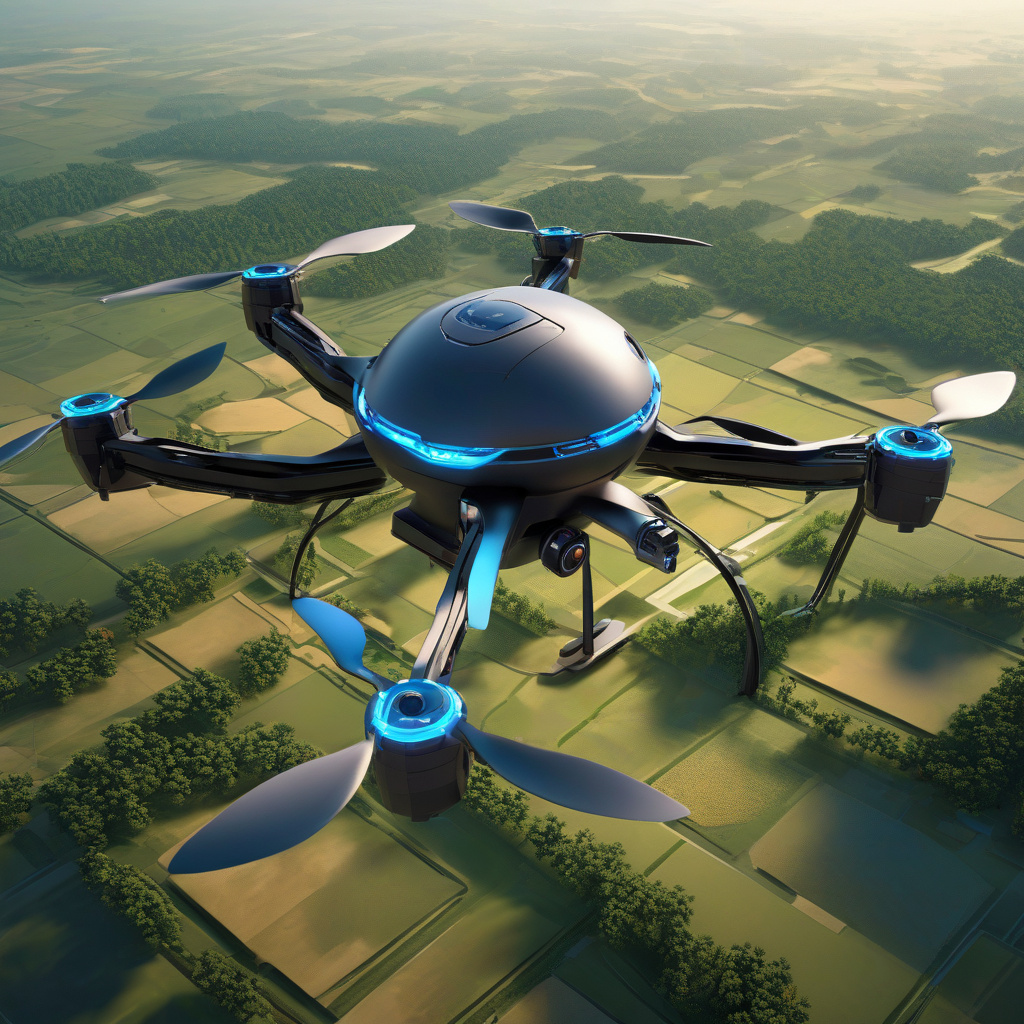Tiny AI chips that mimic the human brain are revolutionizing the capabilities of small drones, paving the way for unprecedented advancements in the field of autonomous flight. These rice-sized chips are empowering drones to self-pilot, recognize objects, and make intricate decisions, all while extending their range and boosting their overall performance.
The integration of these miniature AI chips into small drones marks a significant milestone in the realm of artificial intelligence and unmanned aerial vehicles. By replicating the neural processes of the human brain, these chips enable drones to perceive their surroundings, analyze data in real-time, and respond swiftly to changing environments. This breakthrough technology not only enhances the autonomy of drones but also augments their efficiency and effectiveness in various applications.
The key advantage of utilizing rice-sized AI chips in small drones lies in their ability to process information locally, without relying on external computing resources. This onboard intelligence empowers drones to operate independently, without constant communication with a central server or cloud network. As a result, drones equipped with these AI chips can navigate complex terrains, identify targets, and execute missions with unparalleled precision and speed.
Moreover, the compact size of these AI chips makes them ideal for integration into small drones, where space and weight constraints are crucial factors. By leveraging the power of miniaturized AI technology, drone manufacturers can enhance the capabilities of their products without compromising on size, weight, or energy consumption. This opens up new possibilities for developing agile and versatile drones that can perform a wide range of tasks with minimal human intervention.
The implications of this technological advancement are far-reaching, with potential applications spanning across industries such as agriculture, surveillance, search and rescue, and infrastructure inspection. For instance, in agriculture, drones equipped with AI chips can autonomously monitor crops, detect diseases, and optimize irrigation practices, leading to increased yields and reduced environmental impact. In the field of surveillance, these AI-powered drones can enhance security measures by patrolling sensitive areas, identifying threats, and alerting authorities in real-time.
Furthermore, the combination of rice-sized AI chips and small drones has the potential to revolutionize emergency response operations by enabling swift and efficient disaster management. From delivering medical supplies to inaccessible areas to conducting aerial surveys for damage assessment, AI-enhanced drones can play a crucial role in mitigating the impact of natural disasters and human emergencies.
In conclusion, the integration of rice-sized AI chips into small drones represents a significant leap forward in the evolution of autonomous flight technology. By mimicking the capabilities of the human brain, these chips empower drones to operate intelligently, adaptively, and autonomously in diverse environments and scenarios. As this technology continues to advance, we can expect small drones to become even more capable, versatile, and indispensable in a wide range of applications, shaping the future of unmanned aerial systems.
AI chips, small drones, autonomous flight, artificial intelligence, technological advancements












